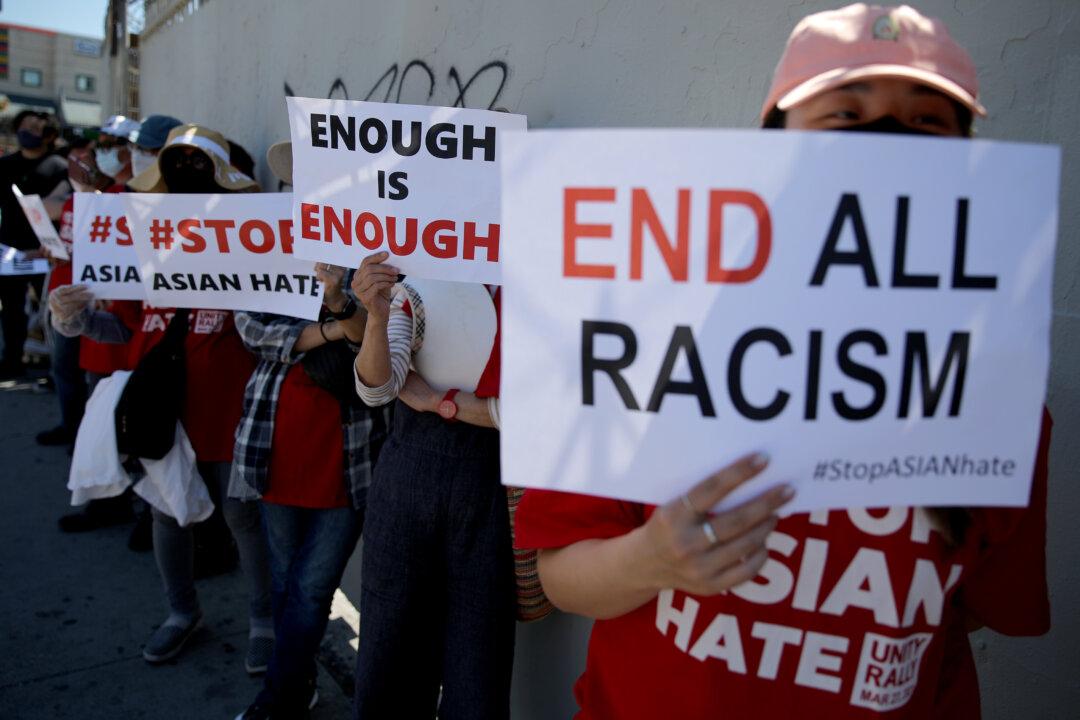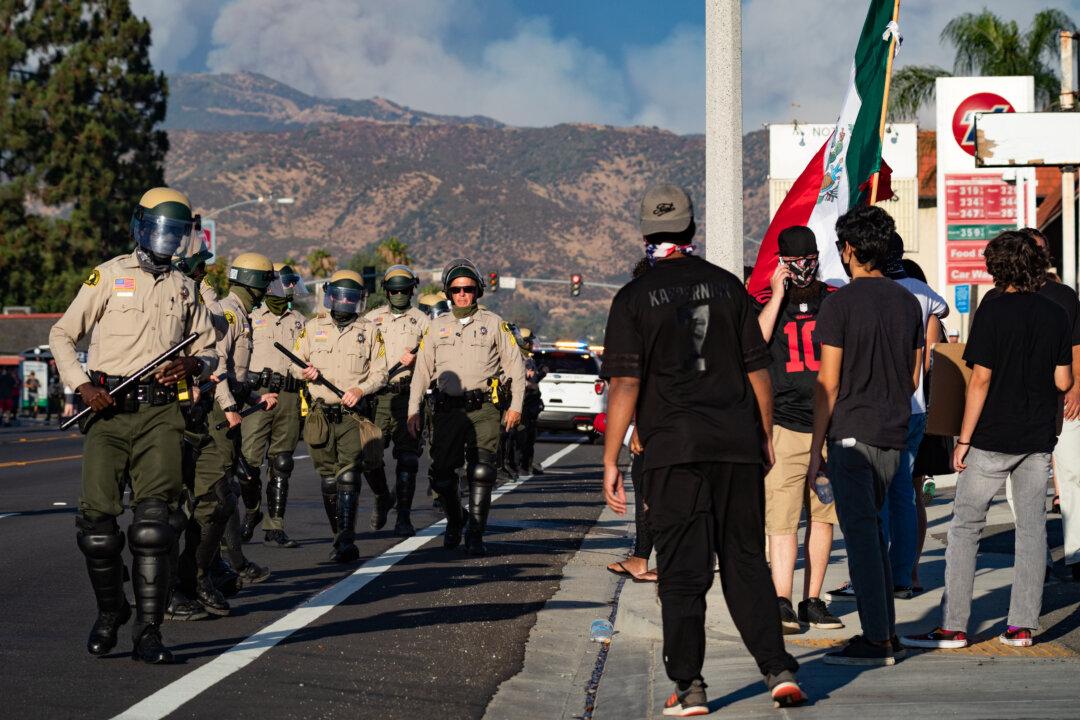Part 2 of a series on ‘Social Justice’ Research (Part 1 here)
Ever since the most blatant forms of racism and discrimination in America faded, what are called microaggressions have, in the view of leftist academics and social justice activists, taken their place. These are “a form of racism,” the slights and insults that, though subtle and small and typically unconscious, are insulting and harmful to their targets.






